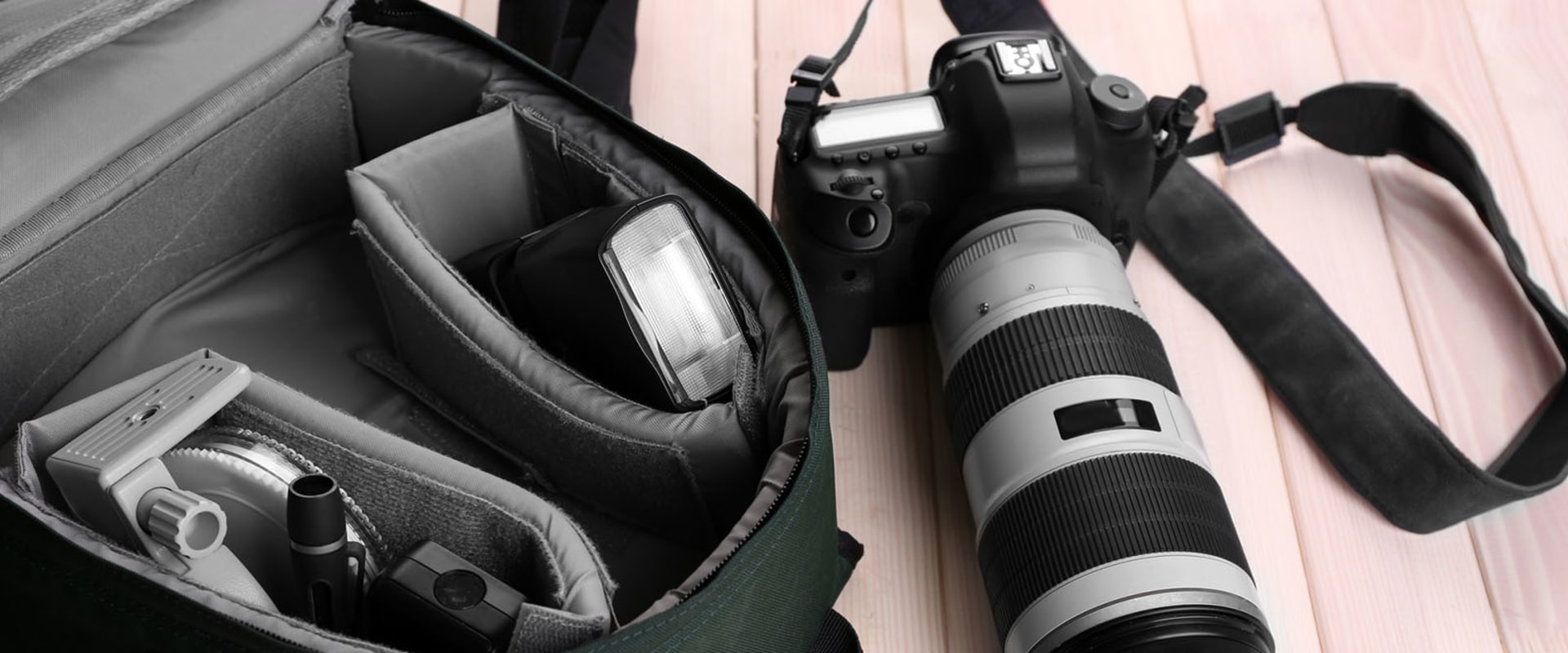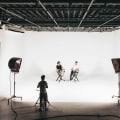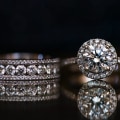Camera equipment and accessories are essential for any photographer looking to take their work to the next level. Whether you are a professional photographer, an amateur enthusiast, or someone just starting out, having the right gear is essential. From lenses and tripods to lighting equipment and camera bags, there are a variety of items that can help you take your photography to the next level. In this article, we'll explore the various types of camera equipment and accessories available, explain how each can help improve your photography, and provide tips on how to choose the right equipment for your needs.
Lenses
Prime LensesPrime lenses are fixed focal length lenses, meaning they cannot zoom in and out.They are generally considered the best option for product photography since they have the largest aperture and sharpest optics available. Prime lenses can also be used to achieve a shallow depth of field, which is ideal for product photography.
Zoom Lenses
Zoom lenses are lenses that can be adjusted to different focal lengths, allowing you to get a variety of perspectives without having to change lenses. Zoom lenses can be used for product photography, but their aperture is usually smaller than prime lenses, which means you may not be able to get the same shallow depth of field. When choosing a lens for product photography, it is important to consider the type of product you are photographing. If you are photographing smaller items, then a prime lens may be your best option.If you are photographing larger items, then a zoom lens may be more suitable.
Lighting
Product photography requires the right lighting to get the job done. There are a variety of different light sources available, depending on the type of product you're photographing. Natural light sources such as windows or skylights can be used to provide a soft, natural look to your product photos. Artificial lighting sources such as strobes, flashes, continuous lighting or LED lights can be used to create more dramatic effects.Strobes and flashes are both popular options for product photography as they provide a strong light source that can be adjusted to suit the product you're photographing. Continuous lighting is another option, providing a steady light source that can be adjusted to suit the needs of your product. LED lights are becoming increasingly popular as they are energy efficient and can be used to create a variety of looks. No matter which type of lighting you choose, it's important to pay attention to how it affects the look of your product photos. Make sure to adjust the light level so that the product is not too dark or too bright.
Experiment with different angles and positions of the lights in order to get the best result.
Types of Cameras
When it comes to product photography, there are a few types of cameras that are best suited for the job. These include DSLR cameras, mirrorless cameras, point-and-shoot cameras, and action cameras.DSLR Cameras
Digital single-lens reflex (DSLR) cameras are the most popular choice for product photography. They have larger sensors than other cameras and allow you to capture high-quality images with better detail and clarity.Mirrorless CamerasMirrorless cameras are becoming increasingly popular for product photography because they are smaller and lighter than DSLR cameras. They also offer some of the same features as DSLRs, such as interchangeable lenses and manual controls.
Point-and-Shoot Cameras
Point-and-shoot cameras are a great option if you're looking for a compact camera that can still take quality photos. They usually have smaller sensors than DSLR or mirrorless cameras, but they can be a great budget-friendly option if you don't need the highest quality photos.Action CamerasAction cameras are designed for capturing fast-moving subjects, making them ideal for product photography that requires quick movement or action shots. They usually have wide-angle lenses and can be used in a variety of situations.
Accessories
Product photography requires more than just a camera and lens. There are a range of accessories that can help make your product photography easier and more professional.These include tripods, light stands, reflectors, and diffusers.
Tripods
are an essential piece of equipment for product photography. They provide the necessary stability to ensure that your photos are sharp and blur-free. Tripods also allow you to adjust the height and angle of your camera, making it easier to get the perfect shot.Light stands
are another important accessory for product photography. Light stands provide a stable platform for your lighting equipment, such as softboxes and umbrellas.This ensures that the light is evenly distributed, creating the perfect lighting for your product photos.
Reflectors
are an essential tool for controlling the amount of light in your photos. Reflectors can be used to bounce light off walls or ceilings, or to direct light onto your product in order to create a more even illumination. Reflectors come in different sizes and materials, so you can choose the one that best suits your needs.Diffusers
are another important accessory for product photography. Diffusers work by softening the light and reducing harsh shadows.This helps to create a more even illumination, making it easier to capture the perfect product shot.




Leave Message